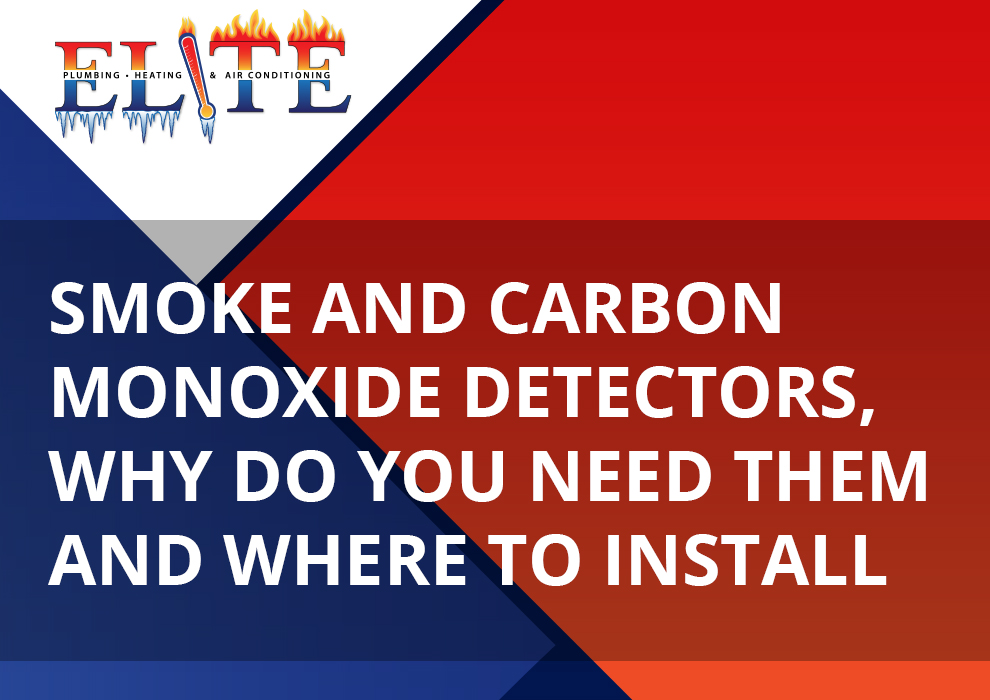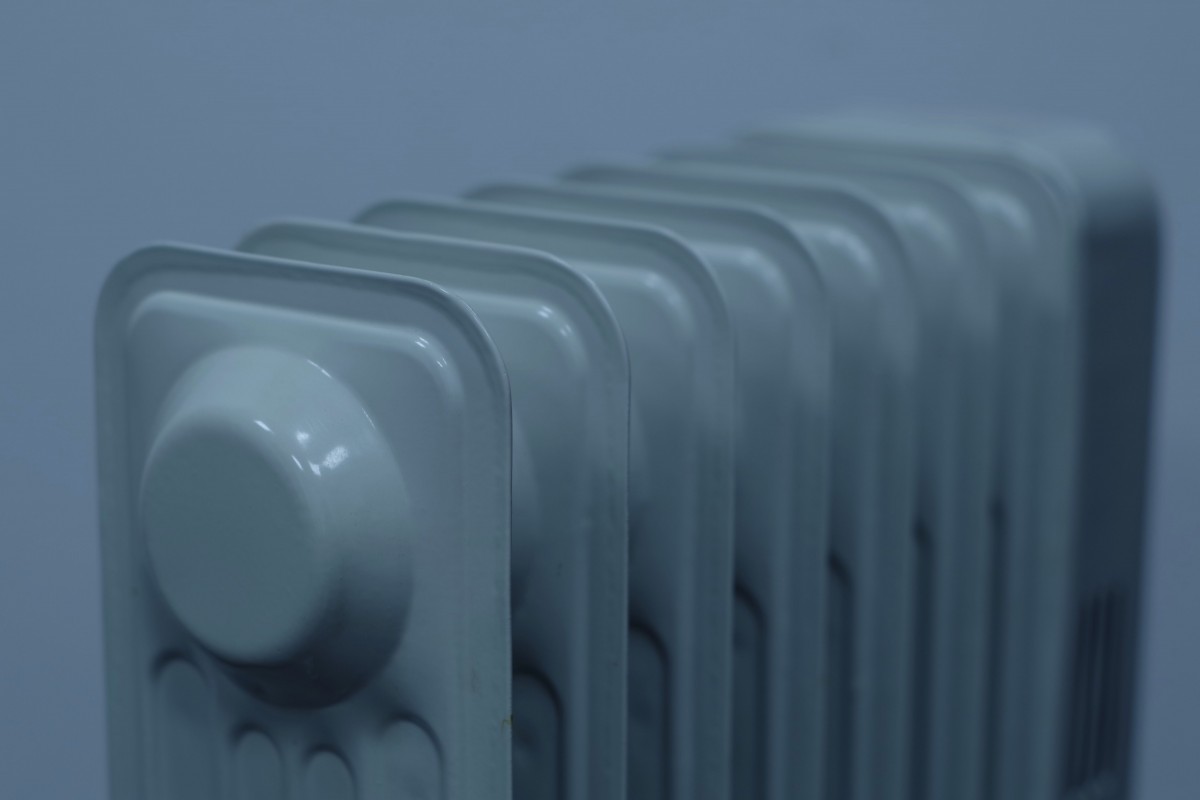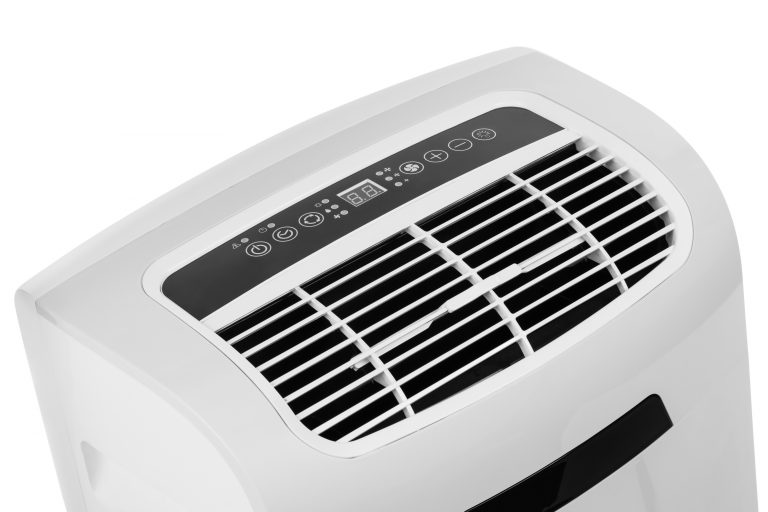SMOKE AND CARBON MONOXIDE DETECTORS, WHY DO YOU NEED THEM AND WHERE TO INSTALL
Many people look at their homes as safe spaces and can provide a lot of comfort and security to their inhabitants. However, there are still a lot of things that can go wrong inside the average home, and a lot of potential threats you might have to deal with each day, including the risk of fires and carbon monoxide poisoning. Smoke and carbon monoxide detectors help with this.
Fire and Smoke Detectors – What Do They Do and How Do They Work?
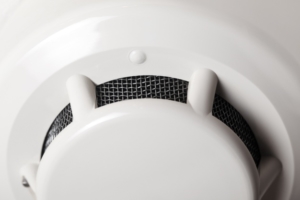
Smoke detectors exist to help you spot these fires before they become a bigger threat, giving you the time needed to deal with the issue, or flee the home and contact the emergency services. These kinds of detectors are the first line of defense against fires, able to automatically detect the presence of smoke and then emit a warning sound to alert the home’s inhabitants.
There are a few different types of smoke detectors, and they can work in different ways. Some of them function by detecting sudden changes in light which offer when smoke gets inside, while others are fitted with special sensors that respond directly to smoke particles. You can even find ‘dual sensor’ alarms which have multiple forms of technology to provide the best possible protection from all forms of fires.
It’s also possible to find alarms with different power supplies. Some of them run on batteries which will need to be replaced over time, while others can be connected to the mains of the home. In any case, whichever model you choose, these alarms all serve the same function: they’re designed to spot smoke and let people know about it.
Carbon Monoxide Detectors – What Do They Do and How Do They Work?
Each year, statistics show that in excess of 20,000 people go to the hospital due to unintentional carbon monoxide poisoning each year, and 450 people, on average, will die from this kind of poisoning. The gas itself can be produced in a variety of ways, from boilers, furnaces, car exhausts, fireplaces, and so on, and can be found in a lot of homes and other structures.
The difficult part of dealing with CO is that it’s a colorless and odorless gas, so it’s very hard for people to even notice that they’re inhaling it until they start to feel the symptoms of poisoning. This is where carbon monoxide detectors can prove to be invaluable, as they have the technology necessary to actually identify the gas and alert people to its presence.
Just like smoke detectors, carbon monoxide detectors can work in different ways. Some of them have biomimetic sensors containing gel that changes color when CO is present, triggering an alarm. Others contain special electrodes which change current when carbon monoxide is in the surrounding environment.
Just like smoke detectors, CO alarms can run on batteries or be connected to the mains power supply. They’ll sound an alarm when they detect a certain buildup of carbon monoxide and should be able to alert you before you feel any effects of poisoning like headaches and nausea.
Installation and Maintenance of Smoke and Carbon Monoxide Alarms
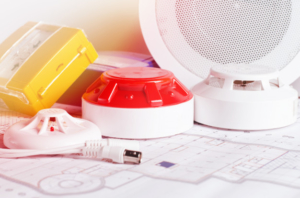
You can fit battery-powered alarms yourself, but may still want to ask for professional guidance too. In any case, you should make sure that at least one of each type of alarm is installed on every level of your home, including the basement and the attic, as fires and CO buildups can occur anywhere at all.
It’s generally wise to position fire alarms near bedrooms and sleeping areas to alert you if a fire breaks out in the night, and try to position them near the kitchen, but not actually in the kitchen, as cooking steam and fumes might trigger a lot of false alarms.
For CO monitors, it’s also wise to place them near sleeping areas to alert people when they’re sleeping and install one near any doors that lead to your garage, as it’s common for carbon monoxide to be released from cars or other vehicles and then enter the home.
For maintenance purposes, make sure to test your alarms frequently by pressing the button on the front of them, and replace the batteries as needed. Also make sure to replace sensors entirely after a few years, as they won’t be able to last forever.
Why Are Smoke and Carbon Monoxide Detectors Important?
Smoke and carbon monoxide detectors are of the utmost importance in any home or commercial building because of the quite simple fact that they can save lives. Indeed, studies and reports show that many lives have been saved and many disasters have been averted thanks to the presence of these kinds of detectors.
As explained earlier, fires and CO buildups can cause a of deaths, injuries, and hospitalizations every year, as well as bringing down entire buildings and destroying lives in the case of fires. It’s not always possible for people to spot these issues early on, and the longer you leave a fire or CO buildup, the worse it can get.
Having alarms in place provides peace of mind and security to the inhabitants of any home or building, giving them an effective and reliable warning system to prevent disasters and protect people’s lives.
Business Name – Elite Plumbing, Heating & Air Conditioning
Address: 3085 E Post Rd, Las Vegas, NV 89120, United States
Phone Number: 702-263-2665
SCHEDULE YOUR FREE ESTIMATE
We Provide Expert Air Conditioning Services in Las Vegas, NV


